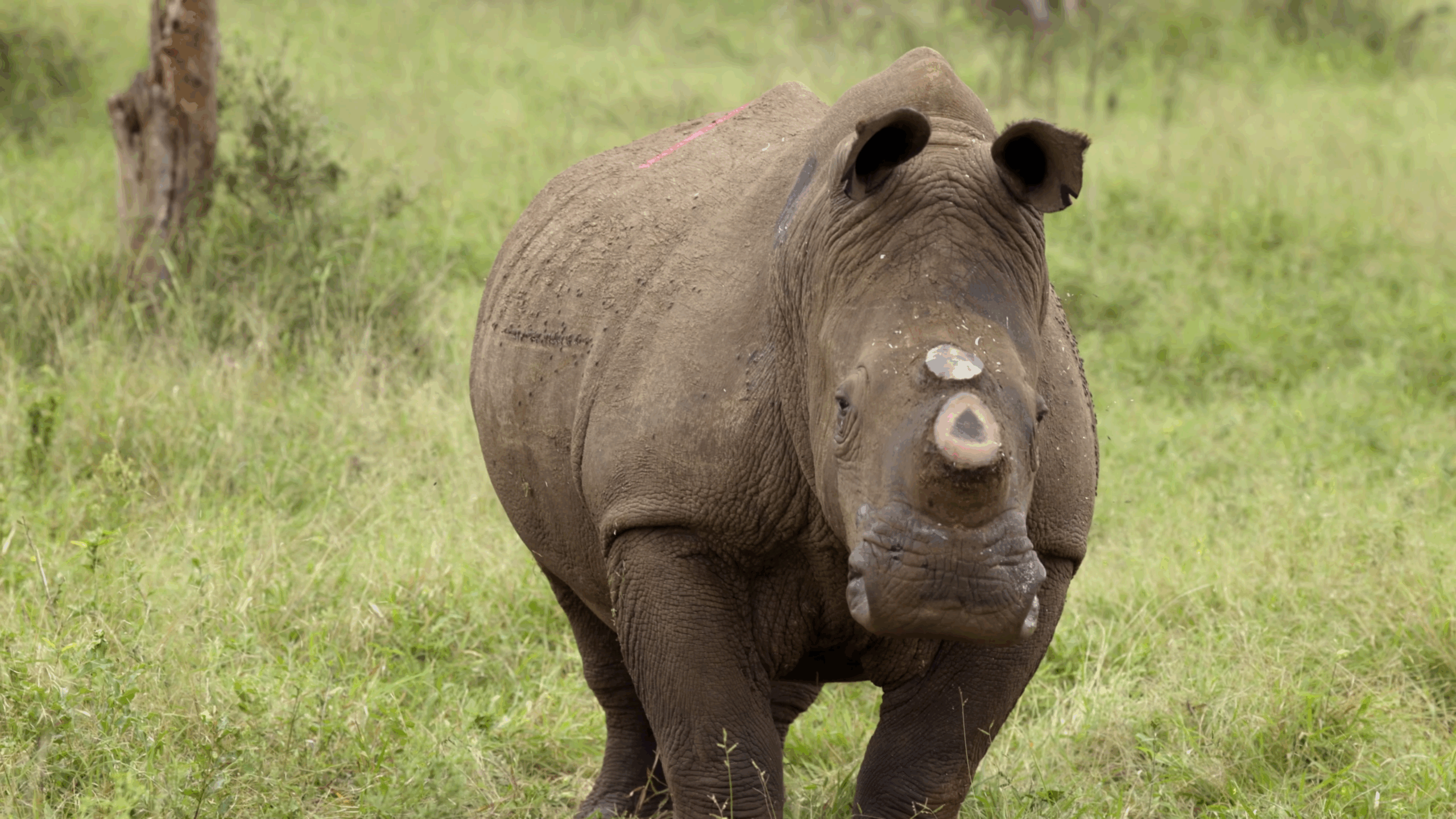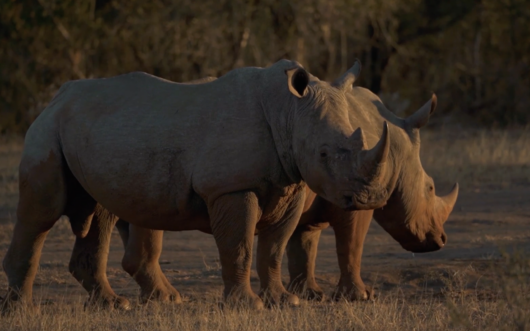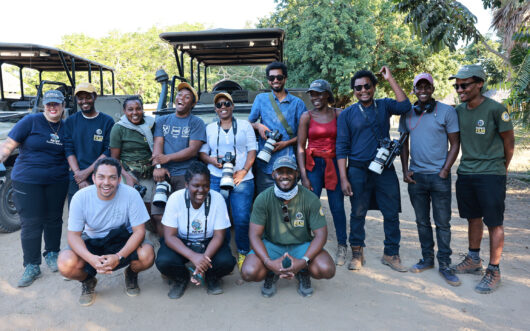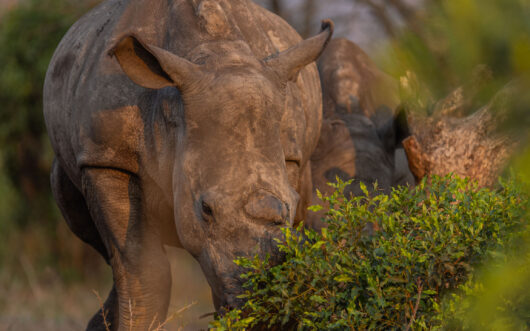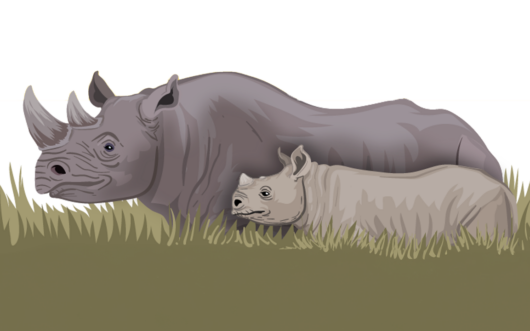Hluhluwe–iMfolozi Park (HiP), the park that helped save southern white rhinos from extinction, is celebrating a big win against poachers. In a dramatic bid to save its rhino population from a poaching uptick, the park in 2024 set out to dehorn 1000 rhinos in the span of just a few months. That effort, which was intimately documented by African filmmakers in the Wild Hope episode “Rhino Ops,” has now paid off. Poaching numbers have plummeted this year, adding to mounting evidence that dehorning is the most effective strategy to combat rhino poaching.
A historic park in trouble
In the late 1800s, southern white rhinos hovered on the brink of extinction due to colonial overhunting. To save them, a game reserve was established in 1895 in what is now South Africa to protect the last remaining individuals. That park — now known as HiP — was a huge success.
By the 1960s, the rhino population grew so large that the park’s rhinos were used to repopulate much of the species’ former range. From an initial herd of fewer than 100 southern white rhinos, more than 15,000 roam across southern Africa today.
But beginning in 2008, HiP faced a new challenge — poachers driven by a lucrative black market for rhino horns. Poachers kill rhinos to take their horns, driven by a mistaken belief that the horns have medicinal properties, even though they are made of the same material as human fingernails.
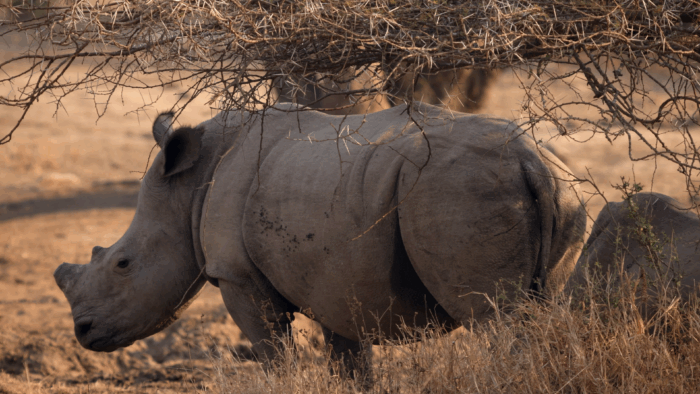
As poaching worsened throughout the region, parks surrounding HiP began to take the dramatic step of dehorning all their rhinos. HiP initially resisted the move.
While dehorning has been used as a rhino conservation strategy since 1989, for years it was controversial since scientists were unsure whether it would impact rhino behavior. But as other parks dehorned their rhinos, poachers increasingly targeted HiP. And as dehorning has become more common in the region, studies have shown the benefits of dehorning far outweigh any potential side effects.
By 2023, even with an increase in park rangers, HiP was losing more rhinos than its population could replace and park leadership decided that it was time for HiP to dehorn its rhino population — fast.
Dehorning pays off
The park’s Game Capture Unit set a target of 1000 rhinos dehorned in a single operation over a few short months. Dehorning fewer rhinos, or moving at a slower pace, could backfire and encourage poachers to target the park once they realize dehorning is occuring. In 2024, a team led by Dumisani Zwane began the monumental task.
This was one of the most ambitious rhino dehorning operations to date — and also one that was documented more closely than most, providing a fascinating glimpse into the rigorous dehorning process. HiP’s operation was caught on camera from start to finish in incredible detail thanks to a crew made up of African filmmakers from Nature, Environment and Wildlife Filmmakers (NEWF).
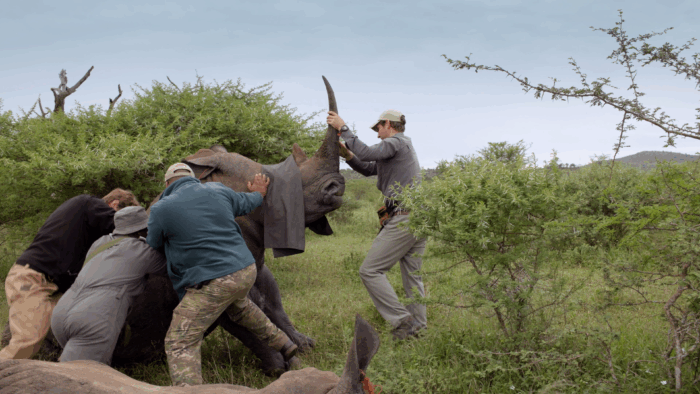
As seen in the film, each rhino capture involves a whole team of trained and organized park staff. First, the rhino must be sighted and darted from a helicopter. Then, a ground team comes in to carefully lay the anesthetized rhino on its side so that the team can humanely and quickly saw off its horn. Then the animal is given an antidote to wake it up, after which it can run off safely.
The Game Capture Unit worked tirelessly, dehorning up to five dozen rhinos each day. And their hard work has paid off. The team met their goal of dehorning more than 1000 rhinos, and so far in 2025, poaching-related deaths have dropped by 81% compared to 2024.
It’s yet another invaluable data point that dehorning is the best way to combat rhino poaching. HiP’s own success has coincided with the release of a landmark study in the journal Science that showed dehorning to be the fastest and most effective way to deter rhino poachers in the region.
But HiP can’t simply rest its laurels. The study cautions that regularly re-dehorning rhinos is a key part of the strategy, since poachers will target rhinos with horns that have begun to regrow. That’s why Zwane’s team is remaining vigilant — just a year later, the team is already re-dehorning rhinos whose horns have begun to grow back, securing their survival for years to come.
To see the action captured by NEWF filmmakers, check out “Wild Hope: Rhino Ops” out now on WildHope.tv and PBS Nature’s YouTube channel.
